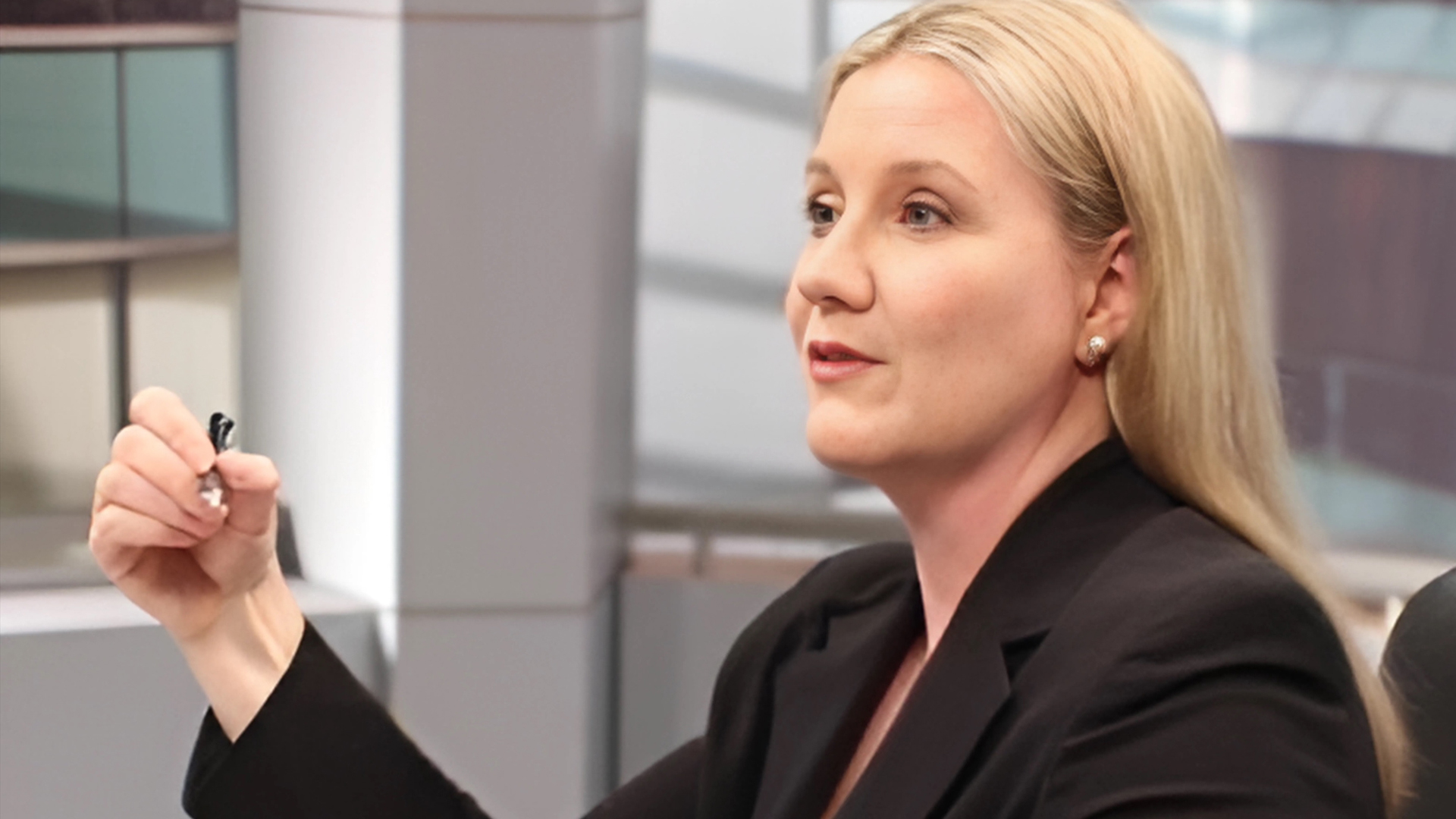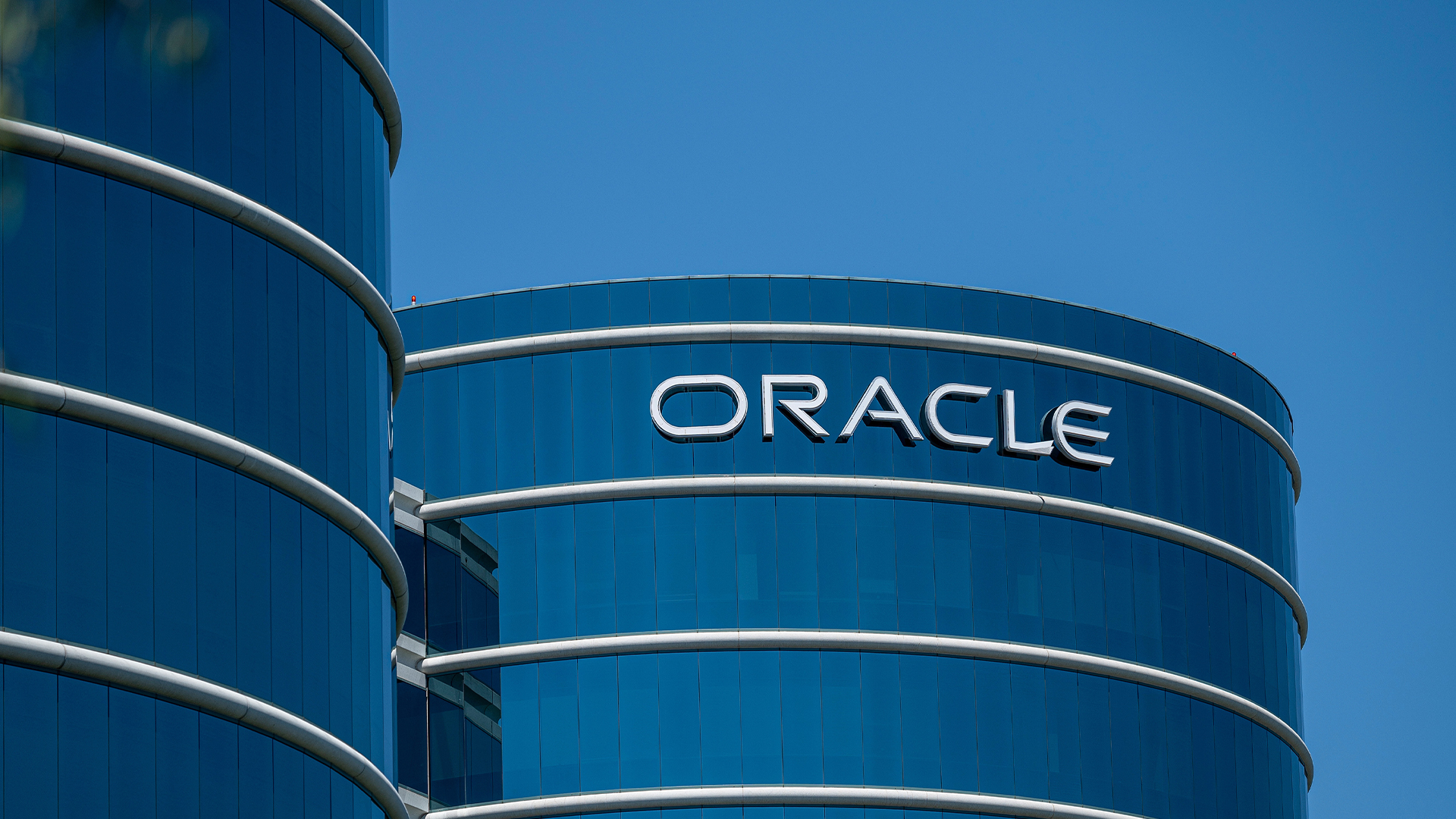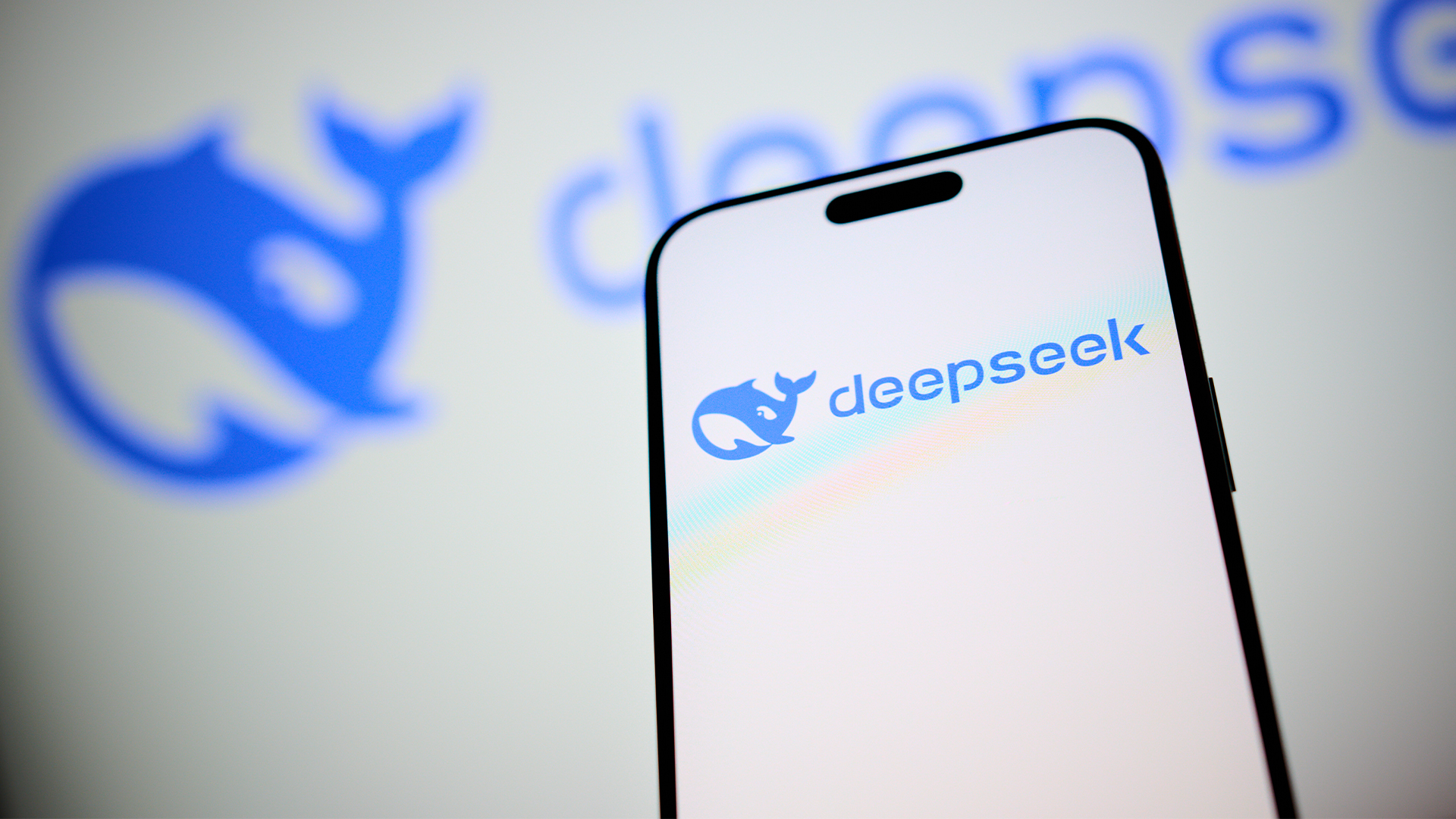HP TouchPad review
The TouchPad, HP's webOS-based tablet, is finally here. Does it have what it takes to take on all the other tablets out there or is it already a has-been? Chris Finnamore flexes his fingers and finds out in our review.
HP's TouchPad may be currently hamstrung by a lack of choice in the App Catalog, but the webOS operating system and integrated applications are so good that they go a long way towards compensating. Multitasking is handled better than on Apple and Android tablets and, document editing aside, the TouchPad feels like the first tablet we've used which can truly stand up to business use - where you have several tasks on the go and need to flick easily between them.Once there's a decent Office document editing suite in the App Catalog and some of the glitches are ironed out, particularly in the calendar, HP's TouchPad could be the tablet to beat. Until then however, we'd recommend waiting until these issues are resolved before considering a roll out. If you need to roll out a tablet now, the iPad 2 is still our top pick.
Another example of HP's webOS tablets and smartphones working together is the ability to pair a TouchPad and a Pre 3 together using Bluetooth. The TouchPad can then be used to view and reply to texts and emails received on the phone. According to an HP spokesperson this feature will only work with the Pre 3 and wouldn't be drawn on when or if it will be available on previous Pre phones.
Oddly, while WiFi is built-in, 3G is not. A 3G-equipped version of the TouchPad is due out in the US later this summer. Another unusual omission is the absence of any sort of video-out port for connecting a projector or TV which will disappoint presentation givers.
We were impressed with one of the TouchPad's chief advantages over the iPad its Flash support.
You can always use the web browser to open Google Docs word processing documents and spreadsheets we found we could edit smaller text documents, but large spreadsheets were a bit too much for the TouchPad's 1.2GHz dual-core processor and 1GB of RAM to cope with.
Otherwise, the web browser dealt fine with almost anything we threw at it. Graphics-heavy pages loaded quickly and were easy to navigate with smooth scrolling, and we were impressed with one of the TouchPad's chief advantages over the iPad its Flash support. Instead of sad boxes showing plugin errors, web sites let us click on embedded video and audio content, and sites encoded entirely in Flash worked beautifully. Having the entire web at our fingertips made browsing a more rewarding experience than on the iPad, and web pages looked great on the TouchPad's vibrant 9.7-inch, 1,024x768-pixel display.
There's a forward-facing 1.3 megapixel webcam for video conferencing, but there's no corresponding rear-facing camera which is unusual for a tablet. Although it's highly unlikely most people will use a tablet for taking photos, a rear-facing camera would still have been useful for showing the other video caller what you're looking at.
Get the ITPro daily newsletter
Sign up today and you will receive a free copy of our Future Focus 2025 report - the leading guidance on AI, cybersecurity and other IT challenges as per 700+ senior executives
-
 CyberOne appoints Microsoft’s Tracey Pretorius to its advisory board
CyberOne appoints Microsoft’s Tracey Pretorius to its advisory boardNews The threat intelligence leader will provide strategic guidance to CyberOne’s executive team
By Daniel Todd Published
-
 CISA issues warning in wake of Oracle cloud credentials leak
CISA issues warning in wake of Oracle cloud credentials leakNews The security agency has published guidance for enterprises at risk
By Ross Kelly Published
-
 Reports: White House mulling DeepSeek ban amid investigation
Reports: White House mulling DeepSeek ban amid investigationNews Nvidia is caught up in US-China AI battle, but Huang still visits DeepSeek in Beijing
By Nicole Kobie Published